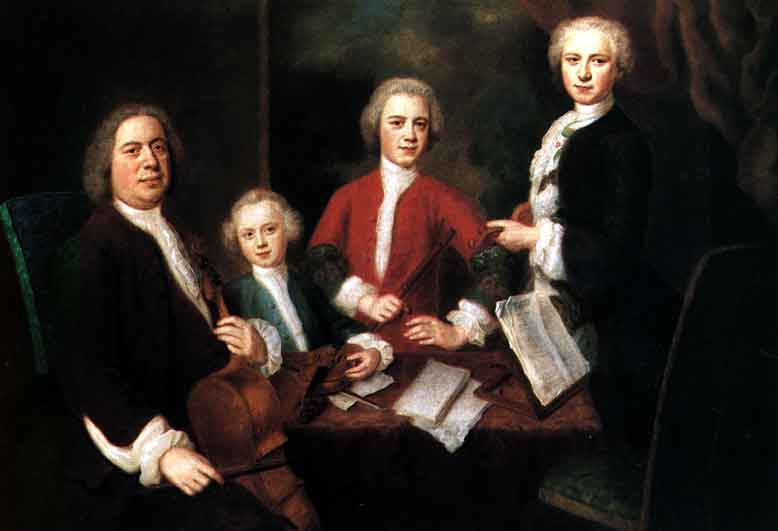PLEASE CLICK ON THE TITLE TO VIEW
Everything music from a perspective of a public school music teacher with subject integration (especially art, history, and literature) as a focus to help teach the Common Core Curriculum.
Wednesday, May 26, 2010
BACH MOVIE NOTES
FILM: “Meet the Musicians:
Meet Johann Sebastian Bach”
http://www.meetthemusicians.us/johann-sebastian-bach.asp
SYNOPSIS OF "MEET JOHANN SEBASTIAN BACH" by DENNIS KOBRAY
SYNOPSIS OF "MEET JOHANN SEBASTIAN BACH" by DENNIS KOBRAY
02. The harpsichord and clavichord (keyboard instruments that don’t have as much power or can hold down a note as a piano
can) are the instruments Bach used.
03. Pianos have hammers that hit the harp or strings. Harpsichords are harps as well but instead of hammers there are
“quill” mechanisms that pluck the strings making the instrument sound as if the strings are being plucked by fingers.
04. “English Suite” #3 G minor “Gigue” for harpsichord is the example played. Here the harpsichord has two rows of
keyboards.
05. The clavichord has a softer sound and usually was played in the home for private enjoyment. The example of this is
“French Suite” #5 G Major “Bouree.”
06. In 1710 Italy, Cristoforte created the “grave cembalo con pian e forte” meaning great keyboard with soft and loud.
07. By the 1740’s the piano became a popular instrument and the harpsichord and clavichord were becoming out of style.
08. Keyboard music of Bach is now played on the piano and electric keyboards. Ex: “Two Part Invention #8 F Major.”
09. Bach wrote music for other instruments that have gone out of style: oboe di caccia. Oboe de amore, recorder, lute.
10. Bach wrote music for the human voice and strings, winds (orchestra) Ex: vocal piece called “Cantata #147 “Jesu mein
Freude”
11. An opera is 2-3 hour play with costumes, scenery, and acting. Music greatly increases the power of words. A “cantata” is a
1 hour play without costumes, scenery, or acting. The music also increases the intensity of the words.
12. Bach wrote over 350 “cantatas.”
13. The pipe organ is the “King of Instruments.” Ex: “Toccata and Fugue in D Minor”
14. Bach wrote more than 1,000 pieces of music (approximately 20 pages of music a dayfor 65 years averaged out).
15. Bach’s music was not highly regarded and he was seen as a third rate composer.
16. Bach had one good job in his life. People said his music was too complicated and too difficult to listen to with too many
notes.
17. Bach lived in a time period called the “Baroque” which lasted from 1600-1750.
18. “Baroque” means “bad taste.” The music and art from this time era were busy with a lot going on. Many people did not
like that.
19. There were 2 styles of music during Bach’s time (Baroque)
20. Homophony: One clear melody that stands out with all other voices and parts in the background. Ex: “English Suite” #3
in G Minor “Gavotte”
21. Homophony was also called the “Italian Style” off of the Italian opera singing voice with an orchestra background.
22. Homophony was favored by the younger generation.
23. Polyphony: Older style. “Poly” means plural and “phony” (phone) means voices or parts. Often 2, 3, or 4 equally
important parts at the same time. Not one of the parts is the main melody.
24. Fugue: This form is an example of polyphony (canon or round). This is a tune that keeps repeating itself as if is going
around in circles. One group starts to sing the same song after another one has already started.
25. The term “fugue” is related to the word fugitive (one who runs away).
26. In a fugue the first voice starts the subject (melody) and the second voice comes in to answer the first. A third voice then
enters. This continues until all the voices rejoin at the end. Ex: fugue themes found in his A# Minor, G# Minor, and C#
Minor fugues.
27. Homophonic music is easier to listen to. You can hum and sing it.
28. Polyphonic music is so busy that every time you listen to it you can hear something you hadn’t heard before.
29. In the 1720’s, when Bach was in his 40’s, polyphony was going out of style and so was his music.
30. Music is a reflection of the musician’s world. Social, political, cultural influences as well as personal and emotional
issues effect a composer’s music.
31. Bach was born on March 21, 1685 in Germany. He was the youngest of 8 children.
32. Bach’s world was different than today; no electricity, airplanes, cars or computers. Men wore wigs to cover their hair and
fashions were totally different.
33. Another famous Bach piece is “Partita #4 D Major “Gigue”
34. Concerts were private (not for people to buy tickets) and held in a palace by invitation only.
35. Bach came from a family of musicians. There were 76 of them musicians in his immediate family.
36. Bach first started to study music at the age of 3. First he was taught by his grandfather and later by his father.
37. By age 9 both of Bach’s parents had died and he moved in with his older brother.
38. Music was a way Bach used to ease his sorrow over their passing.
39. Another example of Bach’s music: “Partita #1” Bb Major “Gigue.”
40. Even though Bach was an honor student at school he never went to the university because it was too expensive.
41. At 18 Bach moved out of his brother’s house and got his first job as a church organist
42. Bach took simple melodies (chorales) and created the accompaniment part (harmony) so the church congregation could
sing in 4 parts [soprano: high female voice, alto: lower female voice, tenor: high male voice, bass: low male voice].
43. Sometimes all the singers would sing the soprano voice while Bach played the lower 3 voices on the pipe organ with the
foot pedals.
44. Many singers complained that his music was too complicated.
45. Bach’s next job was as a violinist in the orchestra of Prince Wilhelm.
46. The term sight reading means playing music the first time you ever see it.
47. The term transposition means to take music and play it in a different key than originally written.
48. Improvising means to make up music on the spot.
49. Another example of Bach’s music: “Two Part Invention” #4 in D Minor.
50. At age 23 Bach was promoted to the position of organist for the palace chapel. During the succeeding next 6 years he
writes most of his organ pieces.
51. Next, Bach was promoted to concert master and assistant director of the orchestra of the Duke of Weimar. There he
learned of the music of Vivaldi (his favorite composer).
52. During Bach’s time the person who ran the orchestra (the head or the director) was called the “kappelmeister.” When
the director of his orchestra died Bach was not chosen to replace him. He was insulted and began to look for a new job.
53. Prince Leopold, who loved and understood music, hired Bach after hearing a concerto that Bach had written specifically
for his orchestra.
54. In order to take that job, Bach asks his then employer, the Duke, if he could leave his job in order to take the new one.
The Duke said denied the request.
55. Musicians were treated like servants so when Bach yelled at the Duke for not allowing him take that job, Bach was put
in jail for a month.
56. During the month Bach spent in jail he composed 46 pieces of music.
57. Another example of Bach’s music: “Partita” #5 in G Major, “Tempo di Minuetto.”
58. Bach started to work for Prince Leopold after he got out of jail and it was at this time that he wrote his 6 “Brandenburg
Concertos.”
59. An example: “Brandenburg Concerto” #5 in D Major
60. The concerto style was created to imitate the drama of opera.
61. The term concerto means “to work with.” In an opera or a play 2 different characters work off each other (interact) but in
a concerto, two different performers (or two different groups of performers) interact to create the drama’
62. The term “tutti” means the “entire orchestra.”
63. There are different types of concertos. One type is when the tutti orchestra interacts with a smaller ensemble called a
“concertino.” Another type is when there is a soloist who interacts with an orchestra or keyboard accompaniment.
64. During Bach’s time concerts were private, held at the palace with maybe 20 people in the audience. The orchestra was
made up of 10 to 15 musicians.
65. Bach also wrote music for different dance styles popular at the time: gigue, allemande, currant, sarabande, passpied,
bouree, and gavotte.
66. The most popular dance style was the minuet which had 3 beats to a measure and was played at a medium tempo (speed).
67. Prince Leopold treated Bach as a friend, not as a servant. Bach traveled with him and he got to meet musicians who came
from all over Europe.
68. Bach was married twice and had 20 children of which only 7 outlived him.
69. The Bach family tradition of music was handed down to his sons.
70. By the age of 64 Bach had become blind and he died a year later of a stroke.
71. Throughout his life Bach wrote over a thousand pieces of music and, due to paper shortages, after his death some of it
was sold and used to wrap meat and fish at the market and then later thrown in the trash.
TERMS
Accompaniment
Allemande
Alto
Baroque
Bass
Beat
Bouree
Brandenburg Concerto
Canon
Cantata
Cembalo
Chorale
Clavichord
Composer
Concertino
Concert Master
Concerto
Cristoforte
Currant
Duke of Weimar
Ensemble
Foot Pedals
Forte
Fugue
Gavotte
Gigue
Grave
Hammers
Harmony
Harp
Harpsichord
Homophonic
Homophony
Improvising
Invention
Kappelmeister
Key
Lute
Major
Measure
Melody
Minor
Minuet
MinuettoOboe di caccia
Oboe de amore
Opera
Orchestra
Organist
Partita
Passpied
Pianos
Pipe Organ
Polyphonic
Polyphony
Prince Leopold
Prince WilhelmQuill
Recorder
Round
Sarabande
Sight Reading
Soloist
Soprano
Suite
Tempo
Tenor
ThemeToccata
Transposition
Tutti
Violinist
Vivaldi
Subscribe to:
Posts (Atom)








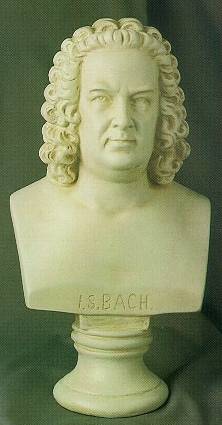






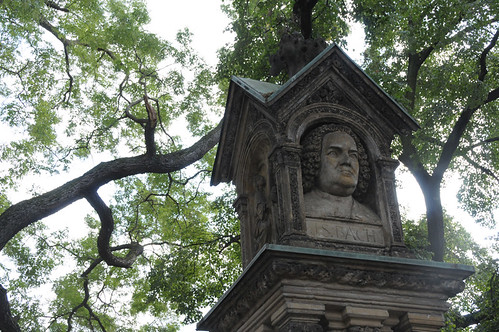
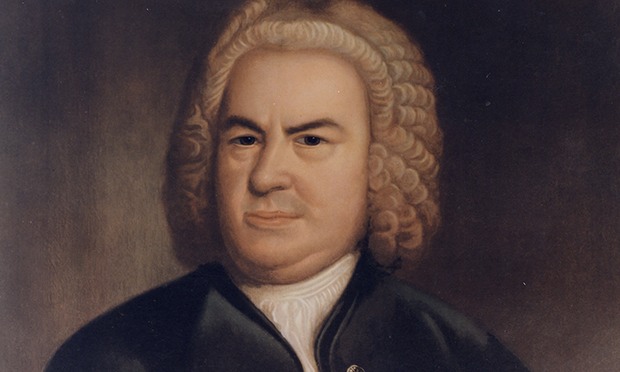


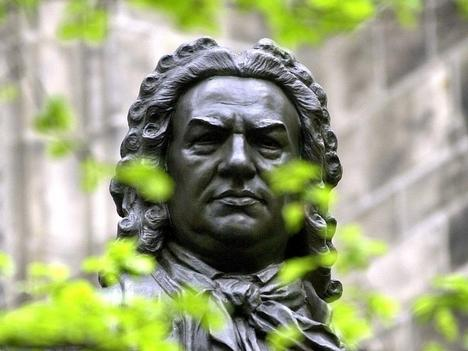













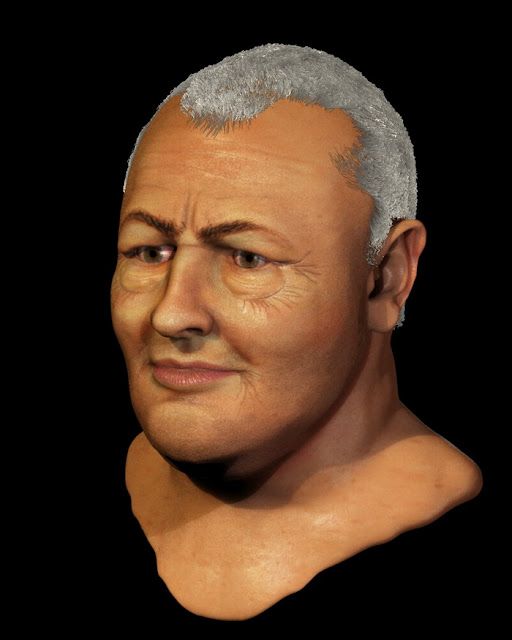
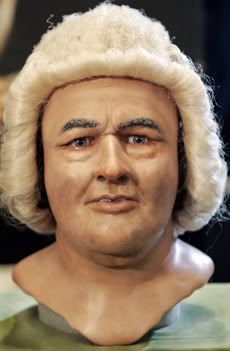




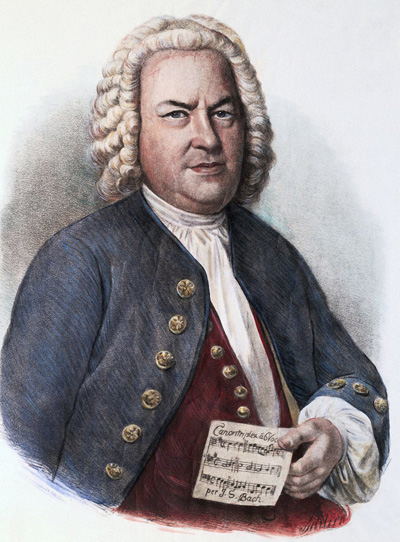




.jpg)

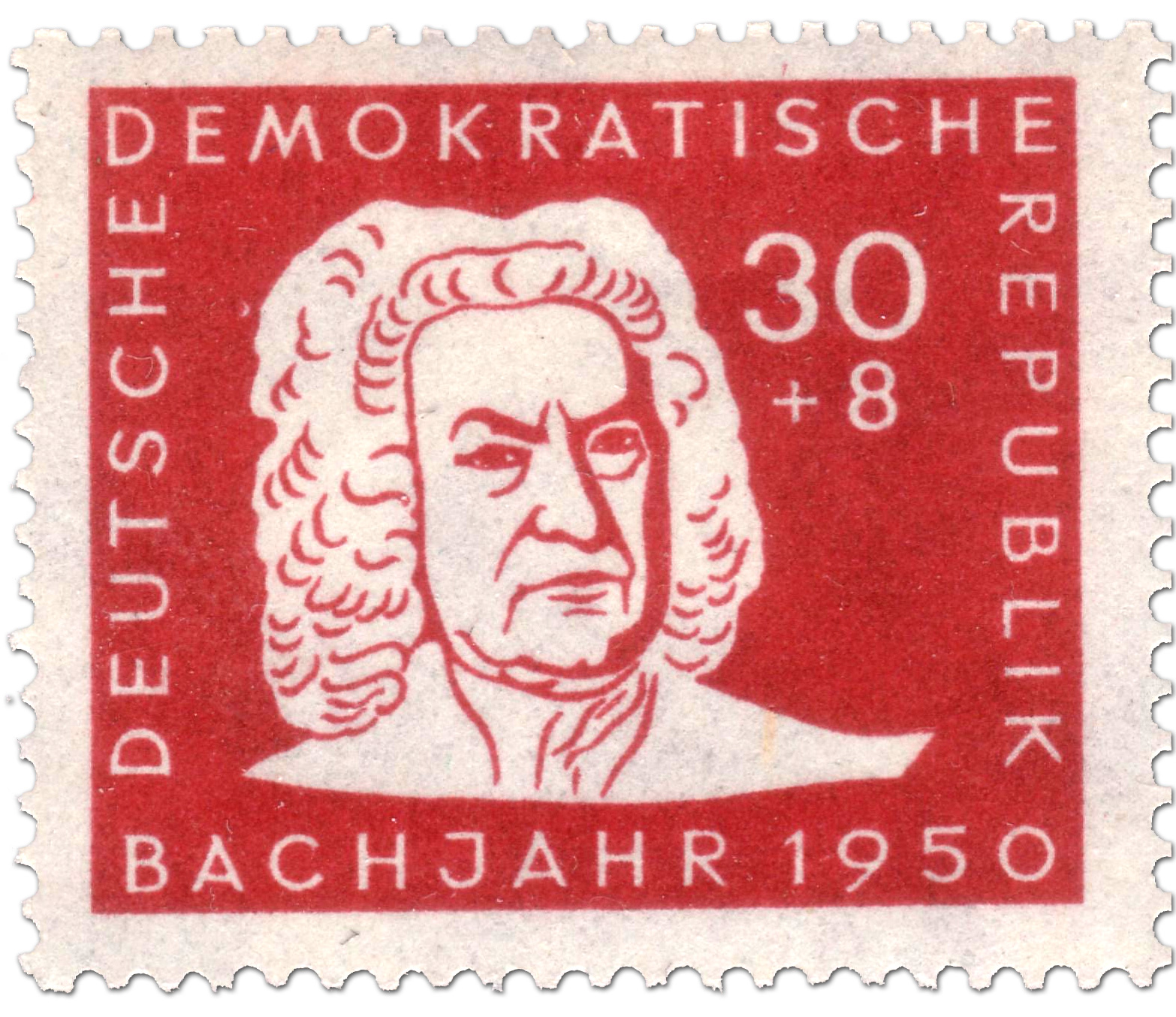


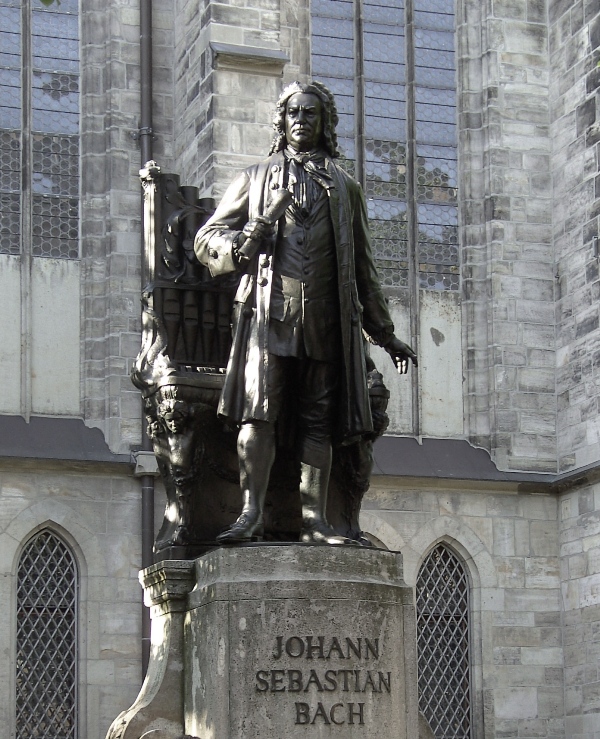


.jpg)
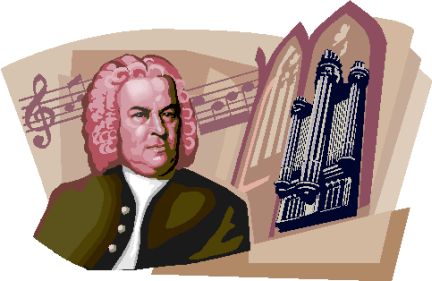

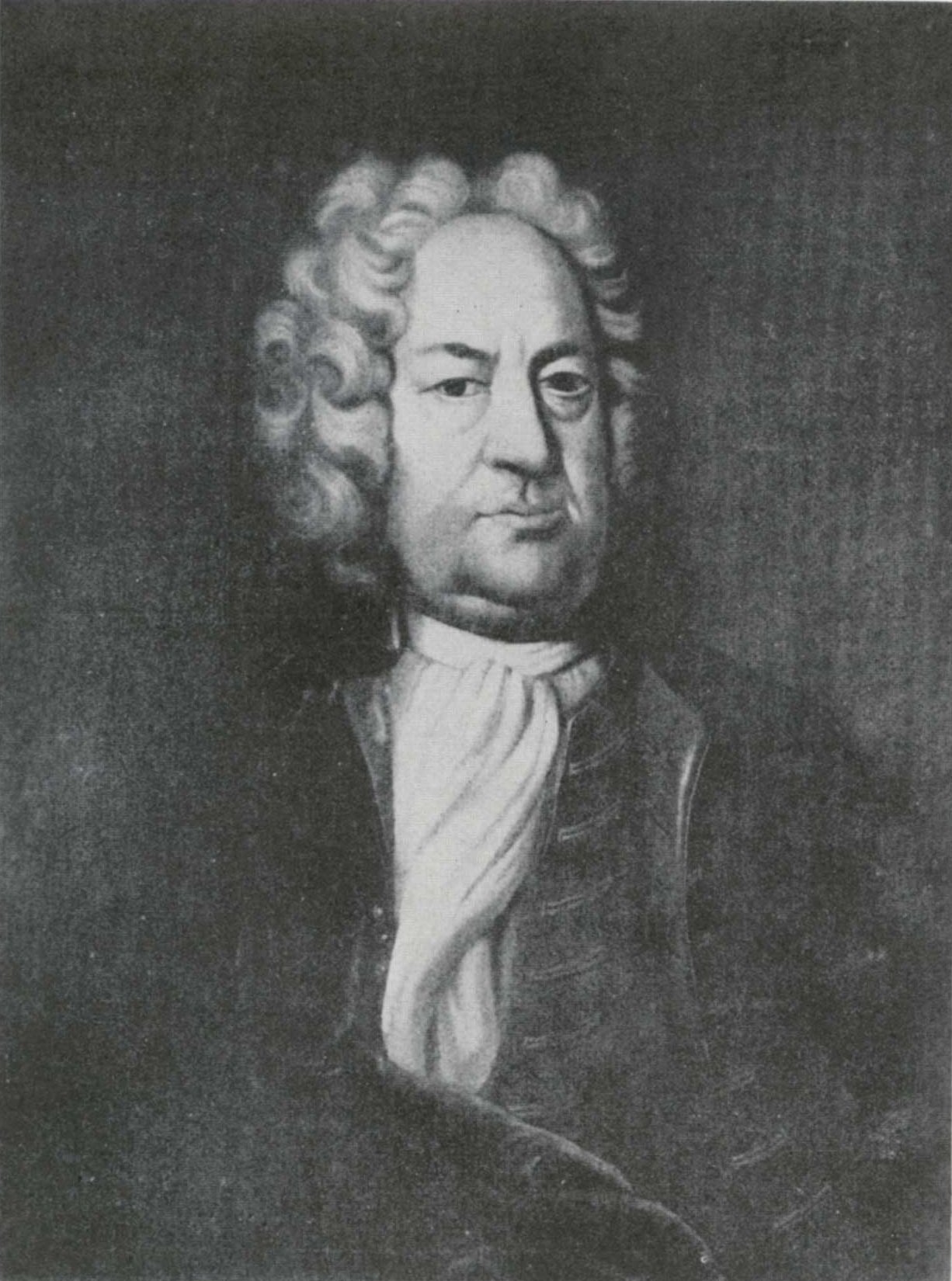





.jpg)




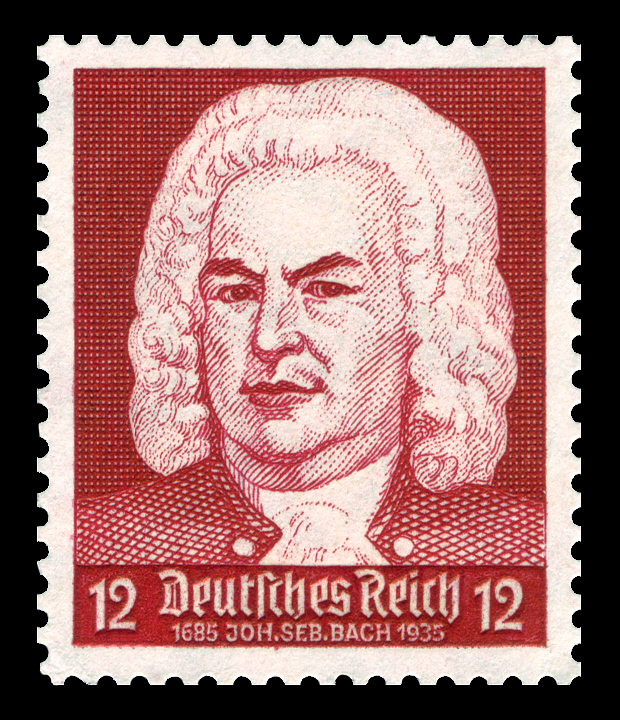


.jpg)







